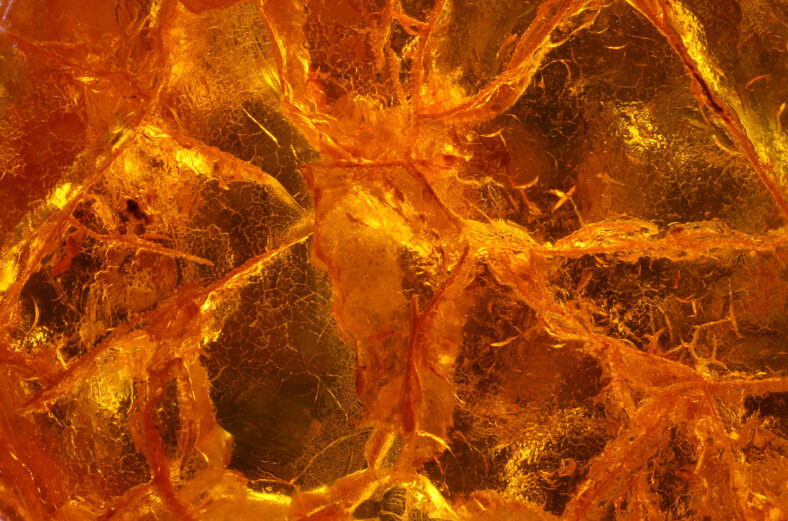The Largest Amber Preserved Flower Is Roughly 40-Million-Years-Old, And It’s Not A Species That Exists Today

The largest fossilized flower ever recorded has been officially identified as part of the genus Symplocos, a flowering species that grows in southeast China and Japan today. It was named Symplocos kowalewskii.
The five-petal flower was preserved in amber and was unearthed in 1872 from a mine in Kaliningrad, Russia. It is about one inch wide and is three times larger than the second-biggest bloom embedded in amber.
It dates to the late Eocene epoch, making it roughly 40-million-years-old. The fossil was created when some sticky sap trickled out of a conifer tree near the Baltic Sea, coating the flower and solidifying it into amber over time.
It is very uncommon to see plants preserved in amber. Only one to three percent of organisms encased in Baltic amber are botanical. Large flowers are even rarer because a lot of resin is required to trap a big bloom.
When the specimen was first discovered, scientists mistakenly classified it as an extinct flowering evergreen plant named Stewartia kowalewskii.
Then, for a century and a half, the large blossom sat forgotten in the Federal Institute for Geosciences and Natural Resources in Germany, next to examples of modern tree resin.
Researchers questioned its true identity, so they used new technologies to determine the flower’s genus and species once and for all.
They used toothpaste and a damp leather cloth to polish the amber block. Then, they studied the flower under a scanning electron microscope and noticed that the amber had preserved the petals, stamens, and small specks of pollen.

Sign up for Chip Chick’s newsletter and get stories like this delivered to your inbox.
So, they extracted some grains of pollen and analyzed them, along with the flower’s anatomy. After re-examining the blossom, they concluded that the 19th-century scientists who first investigated the plant had misidentified it.
“Only an extremely high magnification allows us to see the morphological details of the pollen grains that are only a few micrometers in size,” said Christa-Charlotte Hofmann, a co-author of the study and a paleontologist at the University of Vienna.
The researchers found that the bloom was not from the genus Stewartia. Instead, the pollen looked similar to the Symplocos genus of small evergreen trees and shrubs.
The findings suggest that the flower is not from a known species that exists today. But other living members of the genus do live in humid, forested areas at high altitudes in East Asia.
The reclassification of the flower is important because its new identity can help provide a glimpse of what the forests in northern Europe’s Baltic region looked like between 34 million and 38 million years ago during the late Eocene period.
It can also serve as a tool for measuring how much the planet’s climate has changed over time due to natural causes, allowing scientists to better understand human impact.
The study was published in the journal Scientific Reports.
More About:News